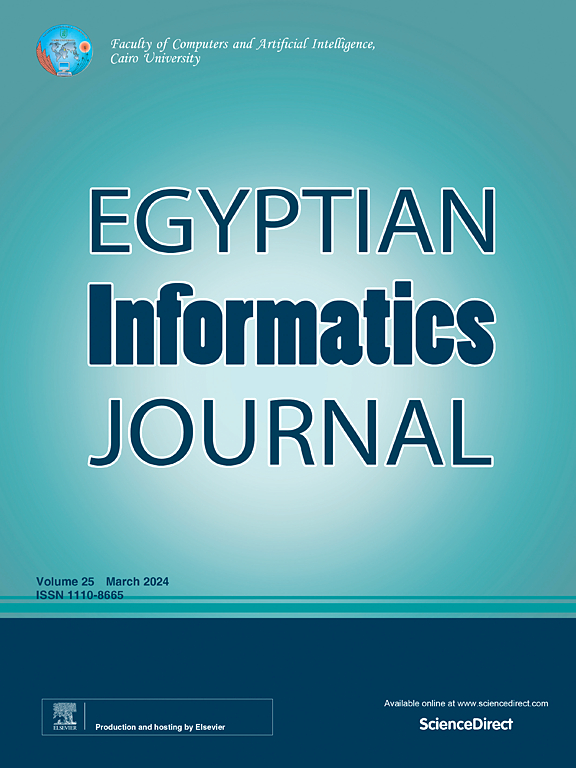利用交互感知3d双情境化建模推进行人轨迹预测
IF 4.3
3区 计算机科学
Q1 COMPUTER SCIENCE, ARTIFICIAL INTELLIGENCE
引用次数: 0
摘要
在当代景观中,出现了许多预测行人轨迹的模型。然而,许多现有模型的一个重要限制是它们完全依赖历史运动数据,这可能导致不希望的结果,例如行人与路边特征相交。此外,目前的研究主要依赖于空间假设,这使得在线系统中未指定环境的图排列调整具有挑战性,并且明显缺乏评估方法来评估关系建模对预测执行的影响。本研究通过建立一个包含影响行人的环境因素的轨迹预测模型来解决这些局限性。提出的三维双上下文化模型(DCM)利用自适应关系聚合来捕捉行人与其上下文数据之间的复杂关系。此外,将图形卷积网络(GCN)与行人视觉敏锐度模块(PVAM)相结合,旨在复制行人对周围环境的感知,消除无关数据并降低计算复杂度。引入补充环境数据,丰富信息集。对数据集的评估表明,该模型结合了背景信息和视觉信息等双上下文信息,其预测精度优于前沿基线模型。实验结果表明,3D-DCM优于最先进的模型,在预测精度方面取得了显着提高,特别是在具有动态人群行为和环境影响的场景中。这项工作提供了一个强大的框架,结合了环境和视觉数据,有助于推进轨迹预测,为智能交通系统和自动驾驶中更准确和可扩展的应用奠定了基础。本文章由计算机程序翻译,如有差异,请以英文原文为准。
Advancing pedestrian trajectory prediction with interaction-aware 3D-dual contextualized modeling
In the contemporary landscape, numerous models have emerged to predict pedestrian trajectories. However, a significant limitation of many existing models is their exclusive reliance on historical motion data, which may lead to undesirable outcomes such as pedestrians intersecting with roadside features. Furthermore, current research predominantly relies on spatial assumptions, making it challenging to adjust the graph arrangement for un-specified environments in online systems, and there is a notable absence of an evaluation methodology to assess the impact of relational modeling on prediction execution. This study addresses these limitations by developing a trajectory prediction model incorporating environmental factors affecting pedestrians. The proposed 3D-dual contextualized model (DCM) utilizes adaptive relational aggregation to capture the intricate relationships between pedestrians and their contextual data. Moreover, integrating a Graph Convolutional Network (GCN) with the Pedestrian Visual Acuity Module (PVAM) aims to replicate pedestrians’ perception of their surroundings, eliminating extraneous data and reducing computational complexity. Supplementary environmental data was introduced to enrich the information set. Evaluation of the dataset demonstrates that the proposed model, incorporating dual-contextualized information such as background and vision information, outperforms the prediction accuracy of cutting-edge baseline models. Experimental results demonstrate that the 3D-DCM outperforms state-of-the-art models, achieving significant improvements in prediction accuracy, particularly in scenarios with dynamic crowd behavior and environmental influences. This work contributes to the advancement of trajectory prediction by providing a robust framework that incorporates both environmental and visual data, setting the stage for more accurate and scalable applications in intelligent transportation systems and autonomous driving.
求助全文
通过发布文献求助,成功后即可免费获取论文全文。
去求助
来源期刊

Egyptian Informatics Journal
Decision Sciences-Management Science and Operations Research
CiteScore
11.10
自引率
1.90%
发文量
59
审稿时长
110 days
期刊介绍:
The Egyptian Informatics Journal is published by the Faculty of Computers and Artificial Intelligence, Cairo University. This Journal provides a forum for the state-of-the-art research and development in the fields of computing, including computer sciences, information technologies, information systems, operations research and decision support. Innovative and not-previously-published work in subjects covered by the Journal is encouraged to be submitted, whether from academic, research or commercial sources.
 求助内容:
求助内容: 应助结果提醒方式:
应助结果提醒方式:


